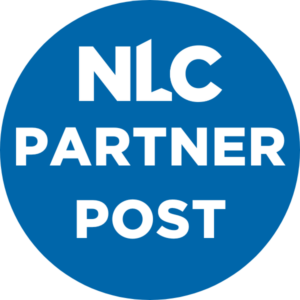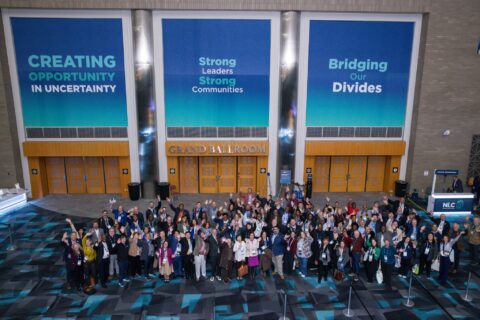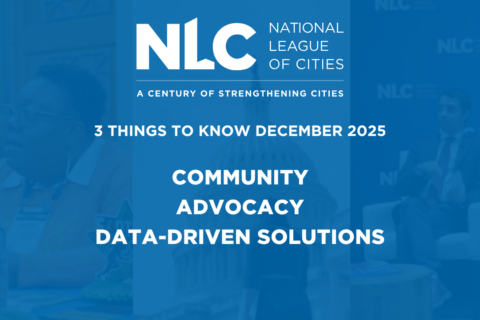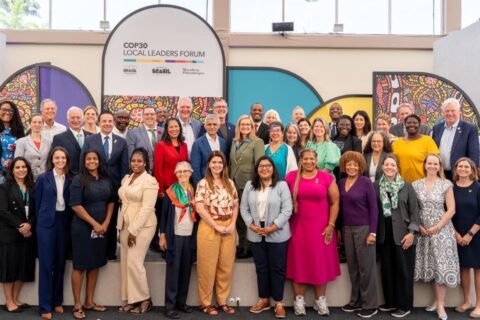Co-authored by NLC intern Sharon Glenn and Karel fellow Natalie Gerads
Community Project Requests — previously referred to as “earmarks” — are one-time funding requests that can be spent over a one-year project period. Unlike traditional grant applications, which are submitted to federal agencies, cities submit a project proposal directly to their Senators and respective House Member.
In Columbia, South Carolina, a Community Project request has played a key role in funding a vital project in the center of the city’s capital.
This blog is based on an interview with the city.
The Project at a Glance
- Location: Columbia, South Carolina
- Population: 136,632
- Project: Assembly Street Railroad Separation
- Funding Source: FY2024 Appropriations: Department of Transportation (PDF)
- Funding Amount: $10,000,000
- Writer: Assistant City Manager
- Timeline: Funds requested in 2023 and received in 2024. Project is anticipating EA (Environmental Assessment) and FONSI (Finding of No Significant Impact) in late 2025.
Community Need
Columbia is a vibrant city at the intersection of government, industry and education. Thousands of commuters bus through the city daily, and thousands more for large-scale events. Many come through Assembly Street, a largely traveled artery, which experiences significant vehicular traffic congestion, freight rail volume and slow train traffic speeds (PDF). These result not only in substantial delays, but also increased air and noise pollution and risks to pedestrian safety.
Separating rail and vehicular traffic on Assembly Street has been a priority for many years, but until recently, the city lacked the necessary funding to bring the vision to life. In partnership with the South Carolina Department of Transportation (SCDOT), the city has advanced the project through the NEPA environmental review process and secured preliminary agreements with rail operators. The plan, shaped by five years of public outreach and technical analysis, calls for lowering Assembly Street and elevating the rail lines, allowing both to move freely and safely.
Funding in Action
For a project of this scale, layered funding was essential. Columbia took a strategic, all-hands-on-deck approach, applying for federal grants, leveraging state and local dollars and building strong relationships with Congressional partners.
A major milestone came in 2023 when the project received $204 million from the Federal Railroad Crossing Elimination Grant Program. Soon after, the city secured $10 million in Community Project Funding through the FY2024 federal appropriations process.
The city felt that the Community Project award was more than just a financial boost; it also signaled federal confidence in Columbia’s readiness and the project’s regional significance. The request submitted in 2023 helped close expected funding gaps and added momentum as the project moved toward final design. City staff used lessons from previous unsuccessful federal grant attempts to strengthen the Community Project Funding application.
“You have to celebrate the small wins, build from there and keep your project at the forefront.”
– Assistant City Manager Clint Shealy
Today, the Assembly Street Railroad Separation Project is being funded through multiple sources.
Columbia, SC Rail Separation Project Braided Local, State and Federal Funding (Share of Total Funding, by Source)
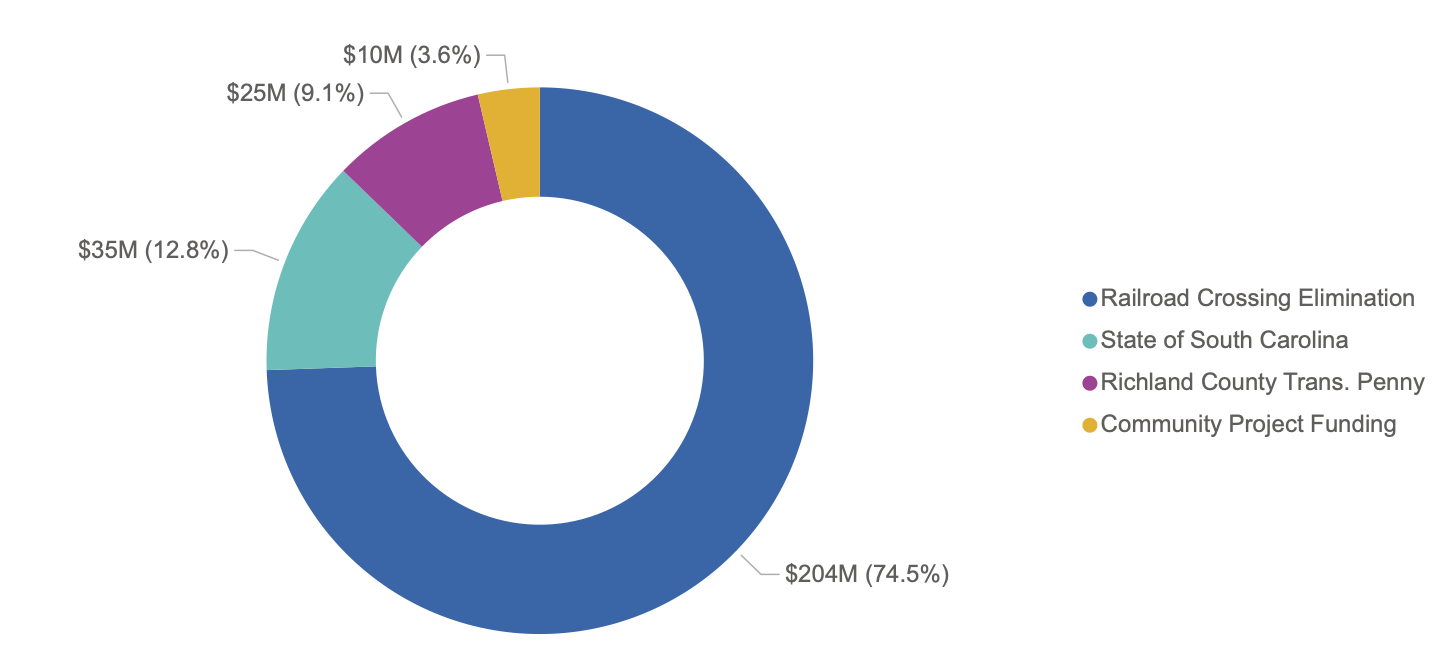
Impact on the Ground
Although construction is still on the horizon, the Assembly Street Railroad Separation Project is already delivering results in the form of strengthened collaboration and community alignment. Years of coordinated work between city staff, SCDOT, engineering consultants, stakeholders and residents are shaping a final design that reflects public priorities.
Once complete, the project will eliminate 15 at-grade rail crossings, reconnect surrounding neighborhoods, improve emergency response times, reduce congestion near major venues like Williams-Brice Stadium and support long-term commercial growth on both sides of the rail corridor.
“When we invest in infrastructure, we’re not just building roads and bridges, we’re building a future that is healthier, safer and more just. That’s the vision guiding our work in Columbia.”
– Councilwoman Aditi Bussells, PhD, MPH
Learn More
Explore NLC’s guide to tracking FY2026 Community Project Requests in Congress to help your city successfully navigate the process.





